Kam Lagat Pyaaj Bhandaran Sanrachna

The Kam Lagat Pyaaj Bhandaran Sanrachna yojana under the Agriculture Department of the Rajasthan government provides subsidies and support, the scheme aims to assist farmers in constructing storage facilities for onions at affordable rates. This initiative seeks to address post-harvest losses, prolong the shelf life of onions, and stabilize market prices by ensuring adequate storage […]
Sukhad Dampatya Jeevan Yojana

The main objective of Sukhad Dhaptya Jeevan Yojana Rajasthan is to provide financial help to those couples, both or one of whose partners is Divyang. The government has started this scheme to reduce the difficulties in married life, so that they can become self-reliant and empowered and to make their life easier by providing financial assistance to […]
Green House
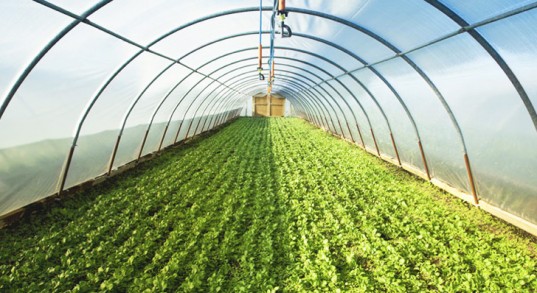
The Green House Scheme under the Agriculture Department of Rajasthan Provides the benefit of subsidy on greenhouses and earn more income by cultivating horticultural crops like vegetables, flowers, fruits, etc. by controlling the ago-climatic factors, temperature, humidity, and sunlight.A greenhouse is a hut-like structure made of glass or polythene. Plants are grown inside it by […]
Mukhyamantri Vishesh Yogyajan Swarojgar Yojana
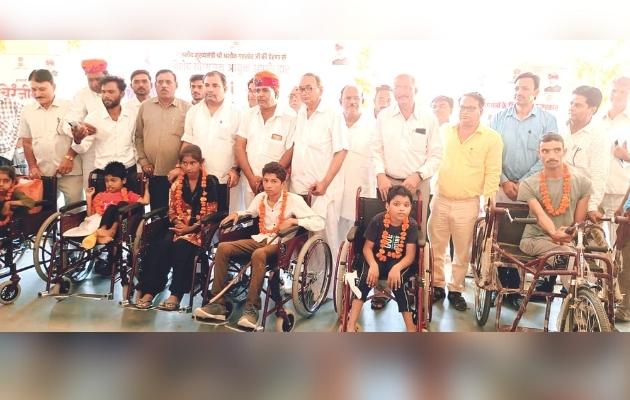
Under the Mukhyamantri Visheshyogjan Swarojgar Yojana, a specially abled person whose family income is up to Rs 2 lakh is provided a loan of up to Rs 5 lakh through the bank on which loan amount is given as a grant of 50% grant or Rs 50 thousand, whichever is less, under the Mukhyamantri Visheshyogjan Swarojgar […]
Integrated Child Development Services (ICDS)
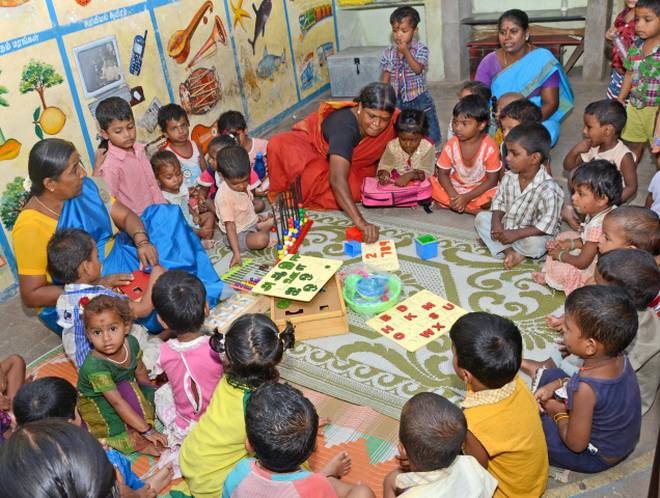
The Integrated Child Development Services (ICDS) is a flagship social welfare scheme of the Government of India, launched on October 2, 1975, to address the health, nutrition, and education needs of children below 6 years, pregnant women, and lactating mothers. It is one of the world’s largest and most comprehensive early childhood care programs. The […]
Sinchai Pipeline Karyakram
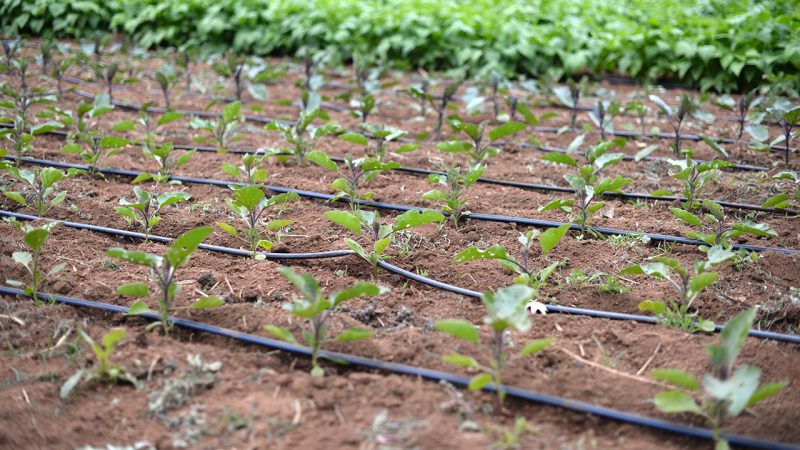
The “Sinchai Pipeline Karyakram” under The Agriculture Department of the Rajasthan government will provide subsidy to farmers on purchasing irrigation pipelines. So that farmers can get rid of the problem of irrigation. And their income can increase. There are many farmers in our country whose financial condition is weak and are unable to buy pipelines, […]
Cess Details
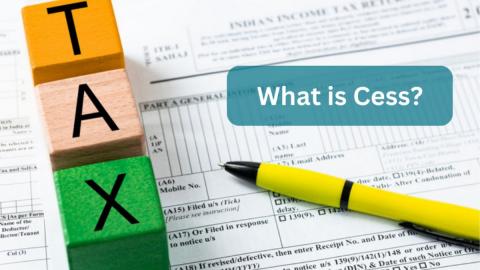
CESS stands for ‘Central Excise and Service Tax.’ It is a term used primarily in the context of taxation in India. Let’s break down the meaning and components of CESS: Central Excise: Central Excise is a tax levied on the production or manufacture of goods in India. It is governed by the Central Excise Act, 1944. […]
Farm Pond (Khet Talai) Nirman Karyakram

The Farm Pond Construction Program, initiated on April 1, 2020, by the Rajasthan Agriculture Department, offers a solution to addressing a critical challenge of water scarcity for Rajasthan’s farmers . This program allows farmers to establish farm ponds, essentially rainwater collection structures, for irrigation purposes. Recognizing the program’s significance, the state government provides subsidies to […]
e-Nivaran

The Income Tax department to promote the paperless environment launched ‘e-Nivaran’, a special electronic system to fast-track taxpayer grievances and ensure early resolution or redressal of their complaints. A separate and dedicated window for grievance redressal in the Income Tax Business Application (ITBA), from now, this recently launched new smart electronic platform will handle the […]
PM SVANIDHI
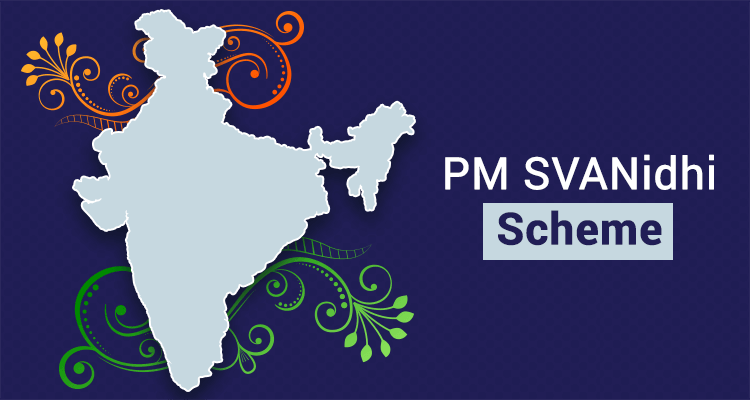
PM SVANidhi stands for Prime Minister Street Vendor’s AtmaNirbhar Nidhi. It is a central sector scheme launched in June 2020. It aims to provide micro-credit facilities to street vendors affected due to COVID-19 pandemic. Full-Form of PM SVANidhi Prime Minister Street Vendor’s Atmanirbhar Nidhi Launch Date 1st June 2020 Under which government ministry? Ministry of […]